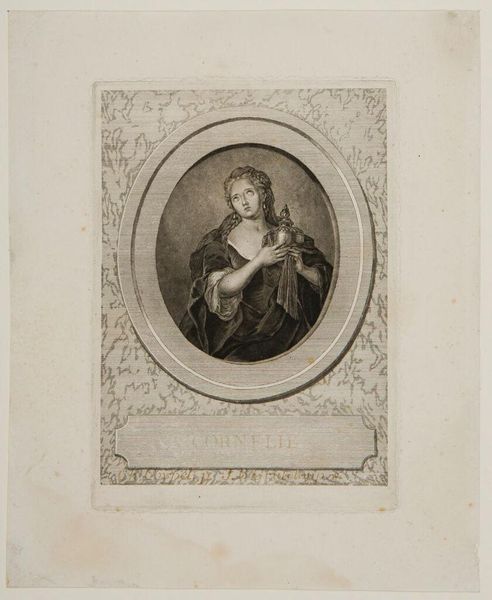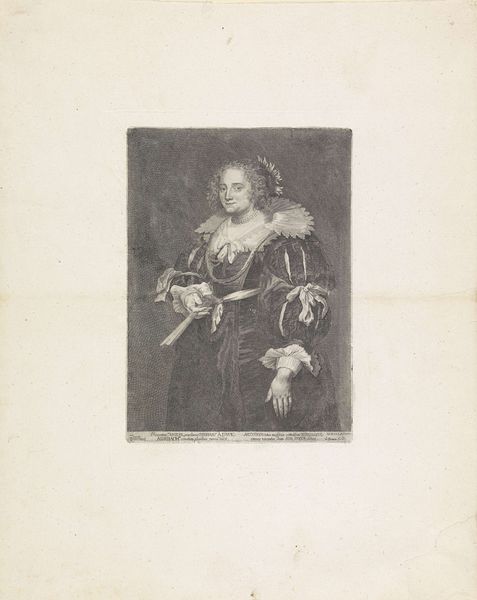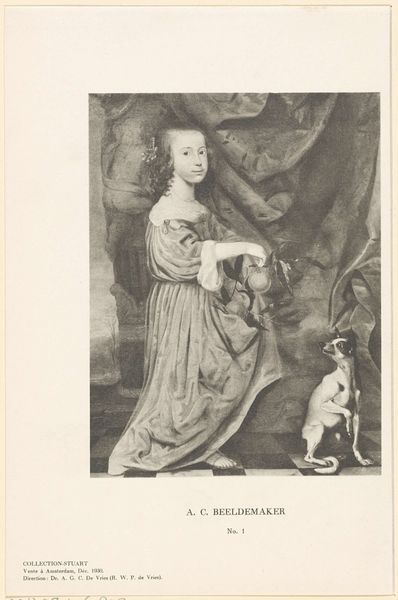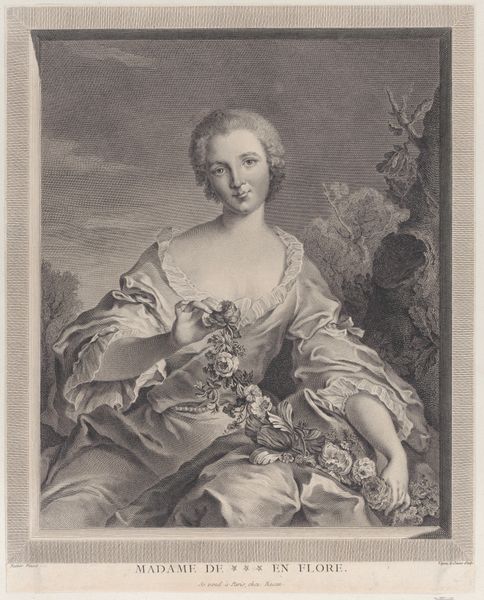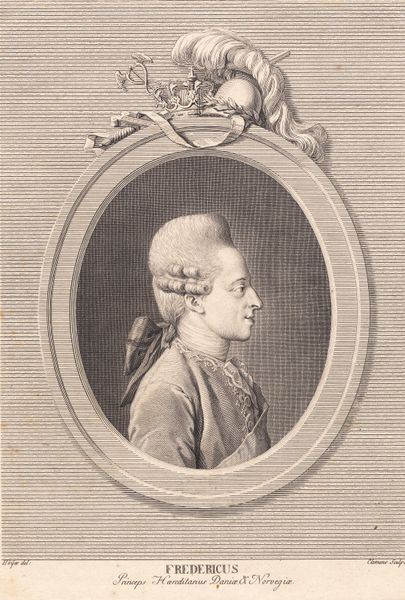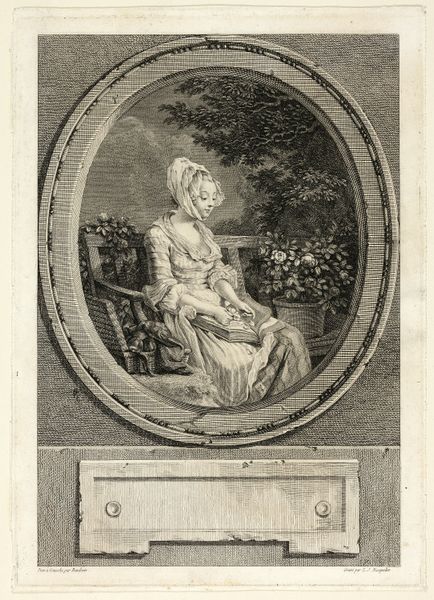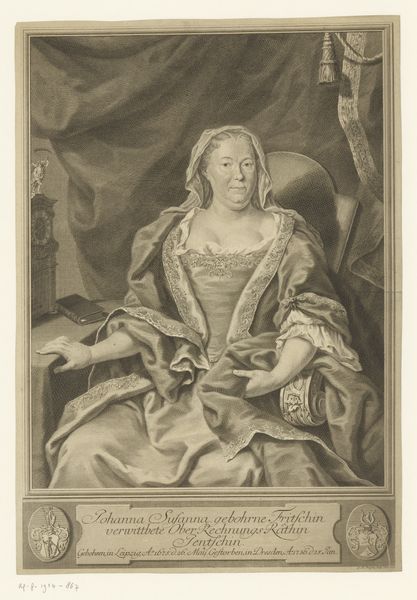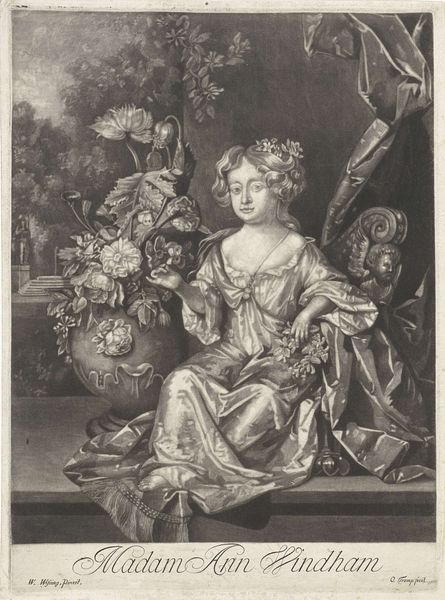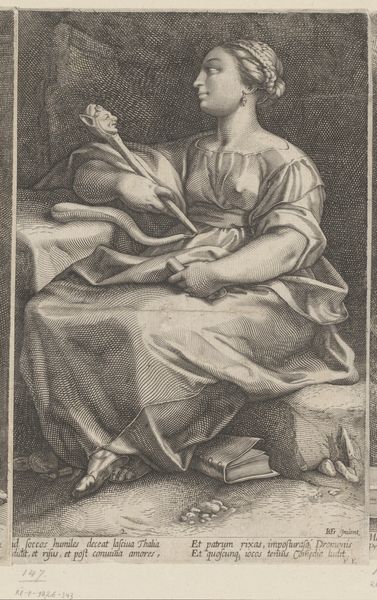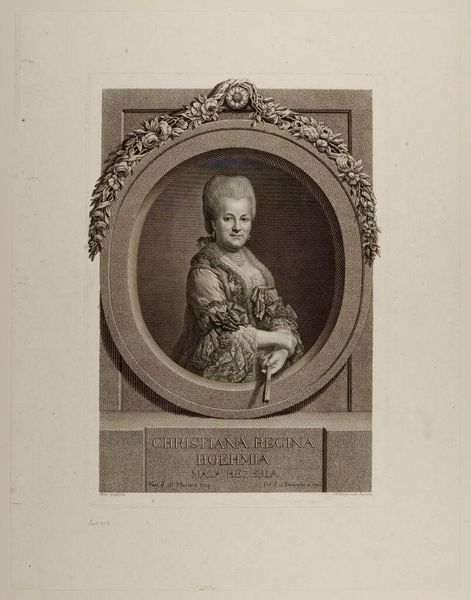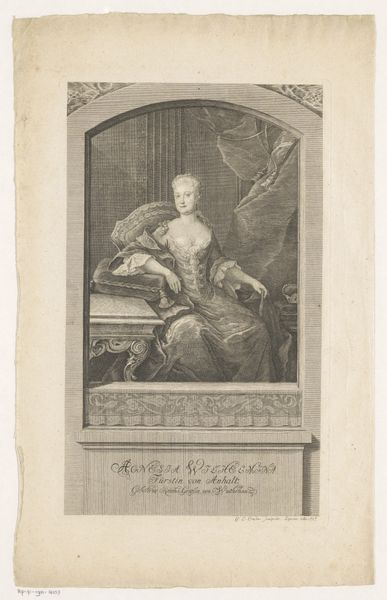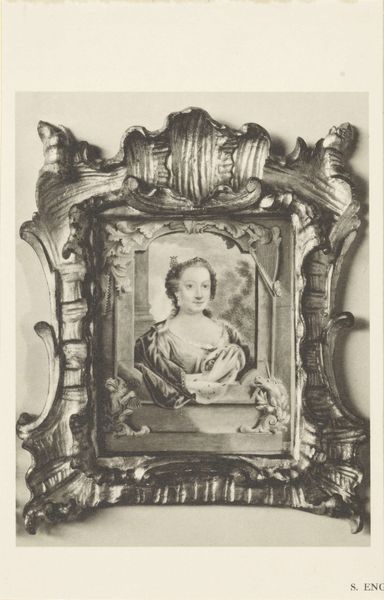
painting, oil-paint
#
portrait
#
baroque
#
dutch-golden-age
#
painting
#
oil-paint
#
black and white
#
monochrome
#
nude
#
monochrome
Dimensions: 30.5 cm (height) x 24.5 cm (width) (Netto)
Curator: Let’s discuss Adriaen van der Werff’s oil on canvas painting, "A Young Girl with a Vase of Flowers", believed to have been created sometime between 1674 and 1722. Currently, this piece is part of the collection at the SMK, the National Gallery of Denmark. Editor: The grayscale tonality certainly lends the composition a pensive, ethereal quality. The play of light on the girl’s skin and drapery is interesting—almost sculptural. What details about the actual production interest you most? Curator: I find myself contemplating the implications of a Dutch Golden Age artist rendering this image almost entirely in monochrome. It suggests a deliberate focus on form and technique over the vibrant color that defined much of that era. Also, consider how the materiality of the canvas itself and the precise mixing of the oil paints directly dictate the surface texture, light reflection, and, ultimately, the final reception. It emphasizes van der Werff's skilled labor and the artistic conventions prevalent at the time, doesn't it? Editor: Indeed. And within that carefully constructed artistic context, I immediately think about the power dynamics at play in the representation of women, and the social pressures they faced, especially given her partial nudity and the almost allegorical gesture of holding a vase of flowers. Curator: Agreed. These flowers serve as interesting props in relation to the Dutch still life tradition, emphasizing luxury and temporality. Editor: That's astute! Considering this through a gendered lens adds crucial dimensions. The vase, a clear indicator of status and ownership, makes me question who cultivated this young woman’s potential and for what purpose? Who consumed it, then and now? What's more, the lack of distinct colors can be seen to symbolize constraint or lack of opportunities to freely “bloom” in contemporary terms. Curator: Thinking about the consumption of this painting reminds me of the role of the patrons who commissioned it and how this determined not only the style and subject, but also the accessibility and later, the distribution of the work itself. Who are we talking about, creating the work, or keeping and storing the piece? The canvas is an archive and holds material truths we can find, with our bare hands. Editor: Thank you. Examining pieces like this provides opportunities to think critically about what narratives were historically considered art, and to champion, encourage, and contextualize under-told or silenced artistic achievements.
Comments
No comments
Be the first to comment and join the conversation on the ultimate creative platform.
